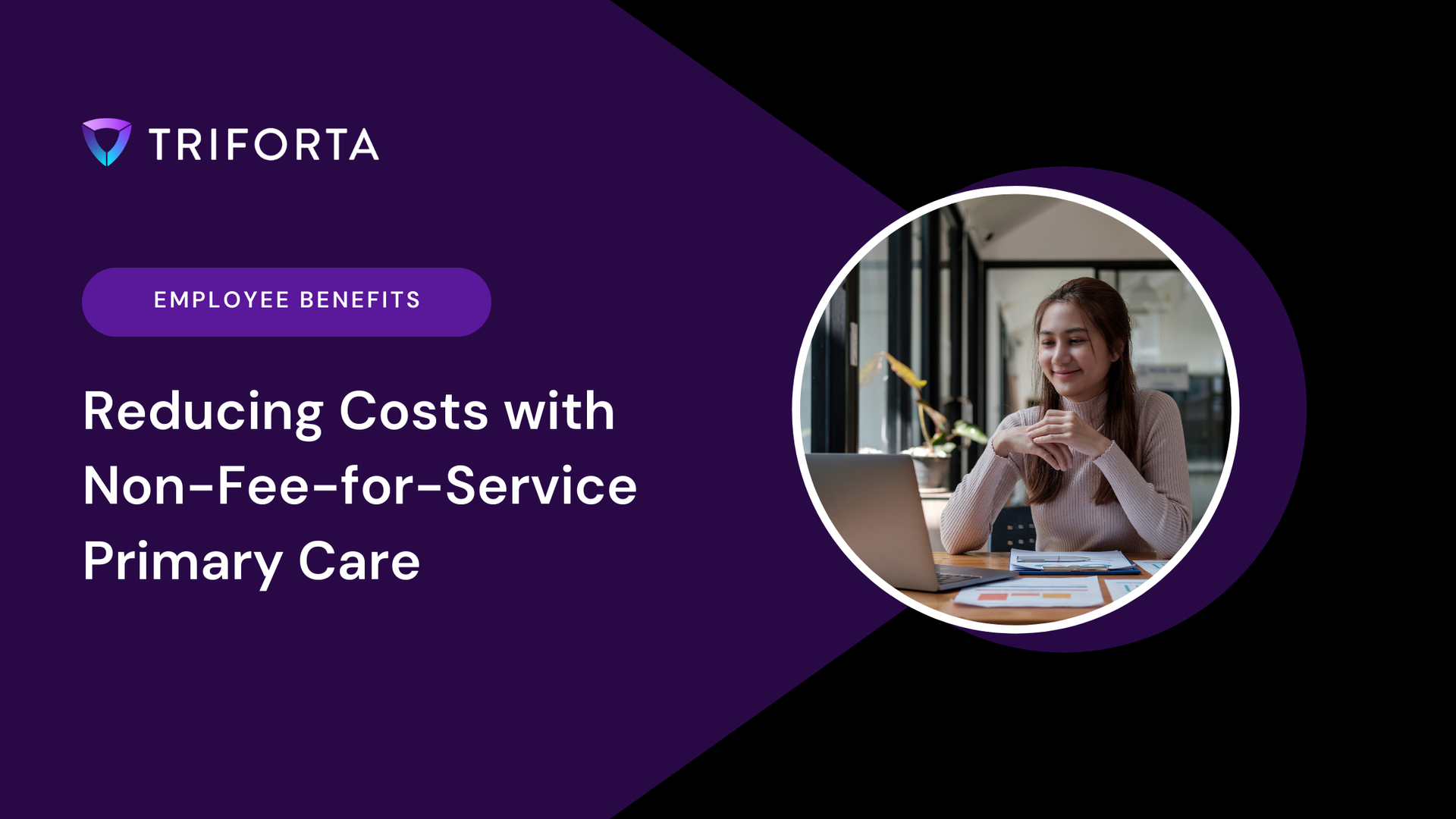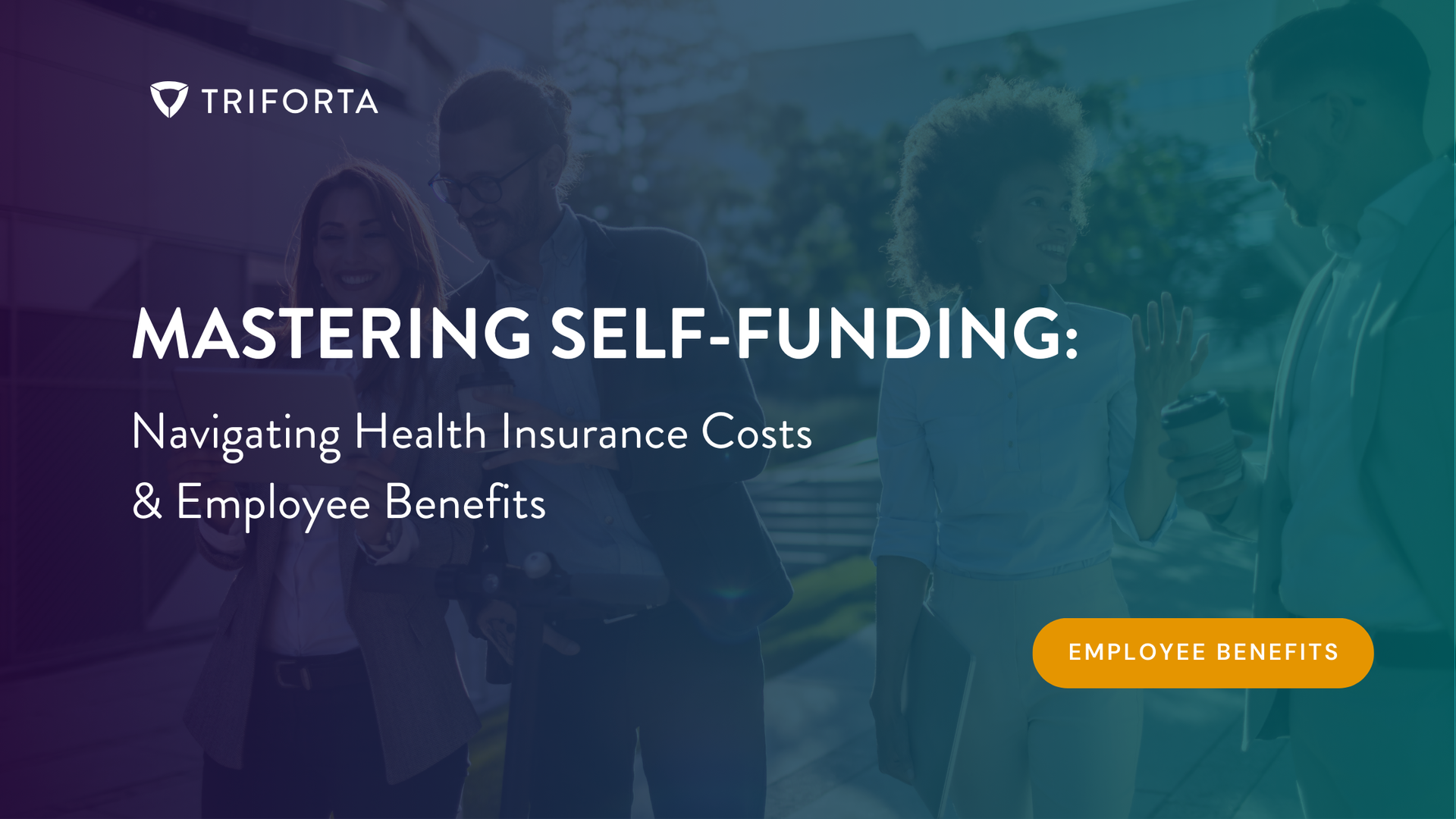Stop-Loss Insurance and Deductibles in Employer Plans
As an HR professional, you’re likely always searching for strategies to manage company benefits, especially with the rising costs of healthcare. More and more companies are turning to self-funding a portion of their employee healthcare plans. While this model offers substantial cost-saving opportunities, it also brings with it a higher level of risk. That’s where stop-loss insurance comes into play, helping businesses balance risk and reward while protecting their bottom line.
Understanding Employer Health Plans, Risk Management, and the Value of Self-Funding
Traditional, fully-funded health insurance involves paying a fixed premium to an insurance carrier. The carrier assumes the responsibility and risk of covering employee healthcare costs. While this model provides predictability, it can also be inflexible and expensive.
In contrast,
self-funded health plans allow employers to take on the role of the insurer, covering employee healthcare costs directly from their own funds. Typically, companies hire a
third-party administrator (TPA) to process claims, but the financial responsibility ultimately lies with the company.
Benefits of Self-Funding
The primary advantage of self-funding is the potential for cost savings. Employers no longer have to pay for the overhead, risk, and profit margins of an insurance carrier. Instead, they only cover actual healthcare claims and administrative fees, often resulting in lower overall costs.
Self-funding also provides greater flexibility in plan design. Employers can customize their healthcare plans to better suit the needs of their employees. This level of control allows businesses to make data-driven decisions and allocate resources more effectively, often resulting in better employee satisfaction.
Moreover, self-funding gives employers valuable insights into employee healthcare usage. This transparency enables companies to implement more targeted wellness programs, further reducing claims costs over time.
However, self-funding comes with inherent risks—particularly the potential for high-cost claims that can be financially challenging to absorb. That’s where stop-loss insurance becomes critical.
Wondering how self-funding can benefit your company?
Contact Triforta for expert guidance on managing healthcare costs while enhancing employee benefits.
Why Stop-Loss Insurance Is Essential for Self-Funded Plans
Stop-loss insurance acts as a safety net for self-funded plans. It offers financial protection against unexpected, high-cost claims by reimbursing the employer when claims exceed a predetermined limit. This balance allows companies to take advantage of the savings and flexibility of self-funding while minimizing the financial risk associated with large claims.
Stop-loss insurance comes in two forms: specific stop-loss and aggregate stop-loss. Both play a vital role in protecting your self-funded health plan from unforeseen healthcare costs.
Specific Stop-Loss Coverage
Think of specific stop-loss insurance as a safeguard against high claims from a single individual. With specific stop-loss, a deductible is set for each employee on an individual basis. If an employee’s healthcare costs exceed this specific deductible in a given year, the stop-loss coverage kicks in to cover the excess.
This form of stop-loss is essential for protecting your company from the financial strain of
catastrophic health events, such as unexpected surgeries or long-term treatments for chronic illnesses.
Aggregate Stop-Loss Coverage
Where specific stop-loss protects you from individual high-cost claims, aggregate stop-loss is a shield against unexpectedly high claims from your entire employee population. For example, if a particularly harsh flu season leads to several costly hospitalizations, aggregate stop-loss insurance steps in to cover the total claims exceeding the set threshold.
With aggregate stop-loss, you are protected from the risk of unusually high claims across your workforce, ensuring that your company’s overall healthcare costs don’t exceed the budget.
Why Stop-Loss Insurance Is Vital for Self-Funded Plans
Healthcare costs are notoriously unpredictable. Without stop-loss insurance, self-funded plans carry the risk of devastating financial impacts from unforeseen events. Stop-loss insurance provides peace of mind, knowing that both individual and collective healthcare claims won’t exceed the company’s financial capacity.
Stop-loss insurance is an essential tool for mitigating risk while preserving the cost-saving benefits of self-funding. It enables businesses to enjoy the best of both worlds: cost control and financial security.
Interested in learning more about stop-loss insurance? Download our free guide on how to protect your self-funded plan from financial risk.
Conclusion
Offering employee healthcare benefits is a significant responsibility for any business. Self-funding a healthcare plan, combined with the strategic use of stop-loss insurance, allows companies to manage costs while maintaining high-quality healthcare options for their employees. By incorporating both specific and aggregate stop-loss coverage, businesses can enjoy the flexibility of self-funding without exposing themselves to unmanageable financial risks.
Stop-loss insurance is a crucial tool for mitigating uncertainty and helping companies navigate the complexities of healthcare benefits. With the right plan in place, your company can reap the rewards of cost savings while providing top-tier employee benefits.
Ready to safeguard your healthcare plan with stop-loss insurance? Contact Triforta to explore how you can combine self-funding and stop-loss for a balanced and secure healthcare strategy.

CAPABILITIES
"TRIFORTA" is a registered trademark employed by the TRIFORTA Partners group of companies. All insurance offers, requests, and guidance provided through this website are delivered by licensed affiliated insurance producers of TRIFORTA, namely Elite Consulting and Insurance Services and Rodney Mattos. No offers, requests, or guidance are extended through this website in any state where one of the aforementioned TRIFORTA licensees lacks the required license. For a comprehensive list of all relevant license numbers in each state, please refer to our License Page.
New Paragraph









